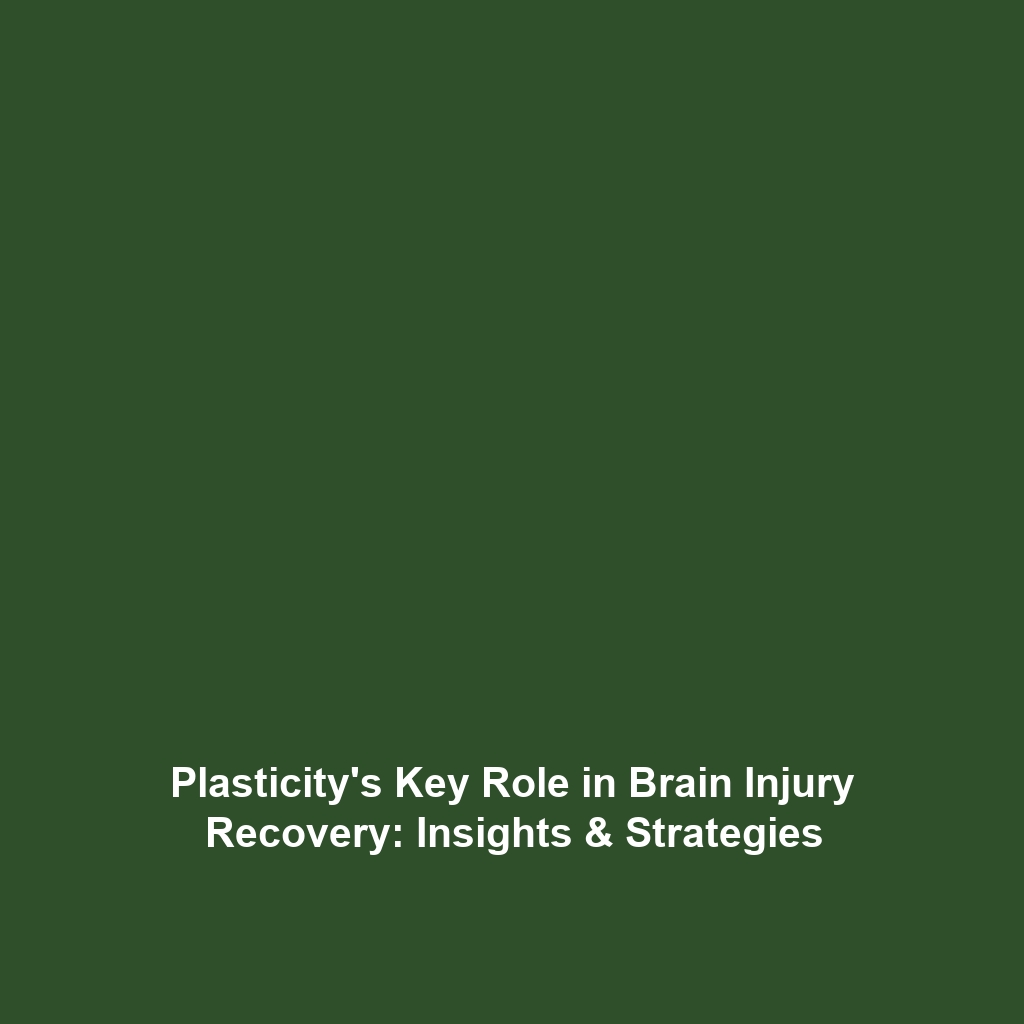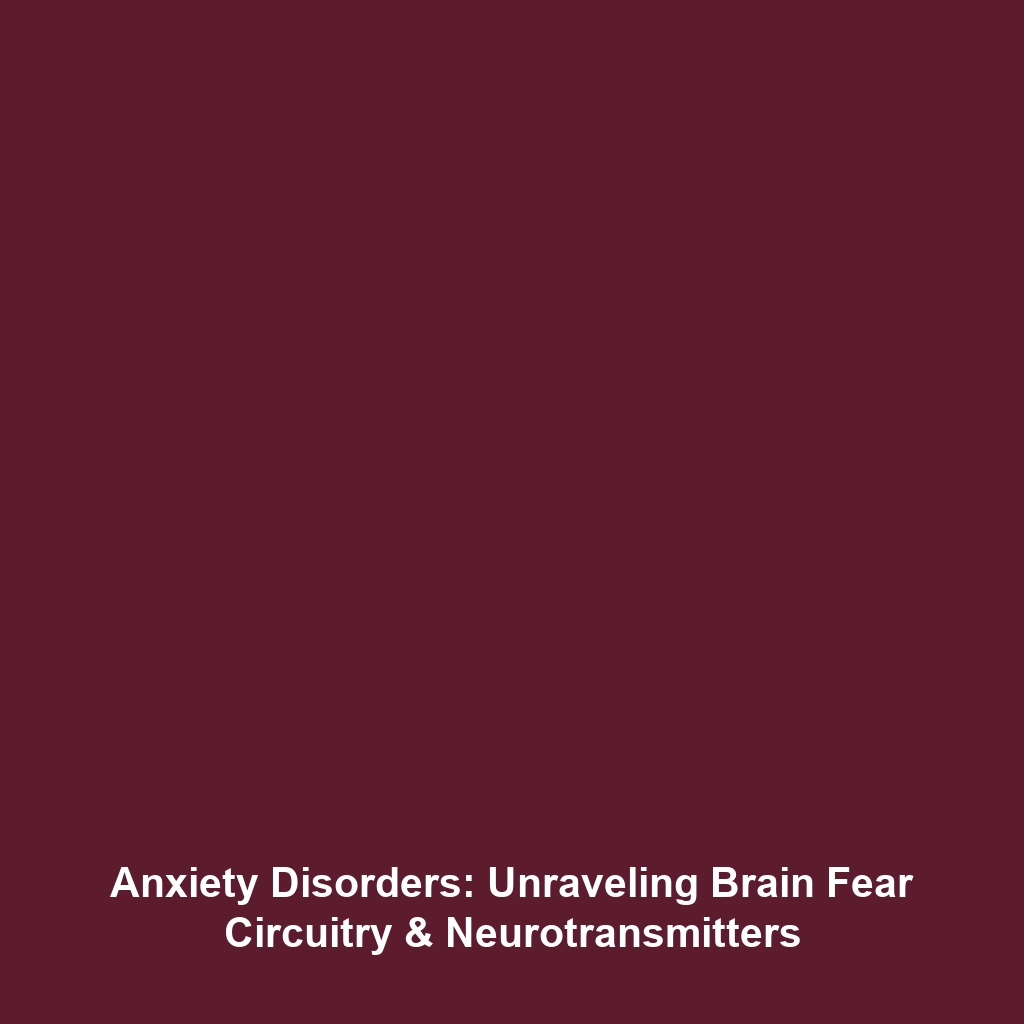Neurotransmitters and Their Role in Brain Function: A Biomechanical Perspective
Introduction: Neurotransmitters play a critical role in the functioning of the brain, influencing mood, cognition, and motor control. Key neurotransmitters, including dopamine, serotonin, acetylcholine, and GABA, are vital for facilitating communication between neurons. This article delves into the impact of these neurotransmitters within the broader context of biomechanics, highlighting their significance in both health and movement. Understanding these roles can enhance our insights into movement disorders, rehabilitation strategies, and the intricate relationship between brain function and biomechanics.
Key Concepts
The fundamental principles underpinning the role of neurotransmitters, particularly dopamine, serotonin, acetylcholine, and GABA in brain function, include:
Dopamine
Dopamine is essential for reward processing, motor control, and regulating mood. Its deficiency is linked to conditions such as Parkinson’s disease, which affects biomechanics and movement.
Serotonin
Serotonin influences mood, sleep, and appetite. Its impact on cognition can affect decision-making and coordination, showcasing its role in biomechanical performance.
Acetylcholine
Acetylcholine is crucial for muscle activation and memory formation. It facilitates communication between neurons and muscles, making it a key player in biomechanics.
GABA
As the primary inhibitory neurotransmitter, GABA regulates excitability in the brain, aiding in muscle relaxation and preventing overexcitement during movement tasks.
Applications and Real-World Uses
The understanding of neurotransmitters’ roles is instrumental in various fields, particularly in rehabilitation and sports. Applications include:
- Treatment of Movement Disorders: Therapies targeting dopamine pathways can mitigate symptoms of disorders like Parkinson’s, directly influencing biomechanics.
- Mental Health Interventions: Serotonin-based medications help alleviate anxiety and depression, thus enhancing overall motor function and coordination during movement.
- Enhancing Athletic Performance: Knowing how acetylcholine affects muscle contraction allows for advanced training techniques.
Current Challenges
Despite advances, several challenges persist in studying neurotransmitter functions within biomechanics:
- Complex Interactions: The interplay between various neurotransmitters can complicate understanding their individual and collective roles.
- Individual Variability: Variations in neurotransmitter levels among individuals can lead to unpredictable outcomes in both health and performance.
- Limited Research: There is still ongoing exploration to fully decipher the biomechanics related to neurotransmitter functioning.
Future Research and Innovations
Future research is poised to unveil innovative methodologies to enhance our knowledge of neurotransmitters related to biomechanics:
- Advancements in neuroimaging techniques may lead to better understandings of neurotransmitter dynamics in real-time.
- Exploration of novel pharmaceuticals targeting specific neurotransmitter pathways promises to refine treatment approaches for movement-related disorders.
- Application of machine learning in mapping neurotransmitter activity could revolutionize personalized interventions in biomechanics.
Conclusion
In summary, neurotransmitters like dopamine, serotonin, acetylcholine, and GABA play pivotal roles in brain function and biomechanics. Their influence extends from mood and cognition to motor control, making them essential for both health and athletic performance. Continued research holds promise for advancements that could revolutionize treatments in movement disorders and enhance biomechanical applications. Learn more about related topics, and stay informed on how emerging neuroscience can impact biomechanics.

